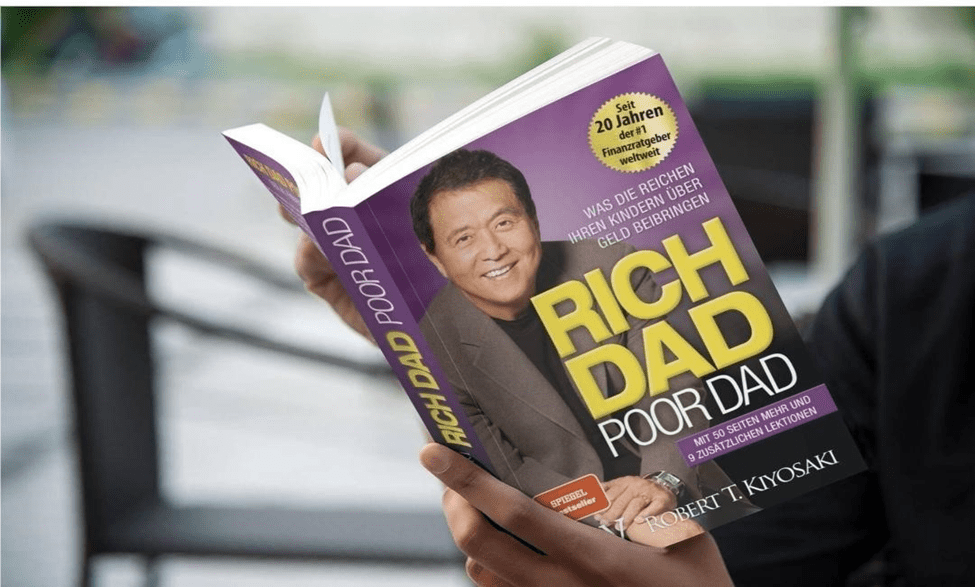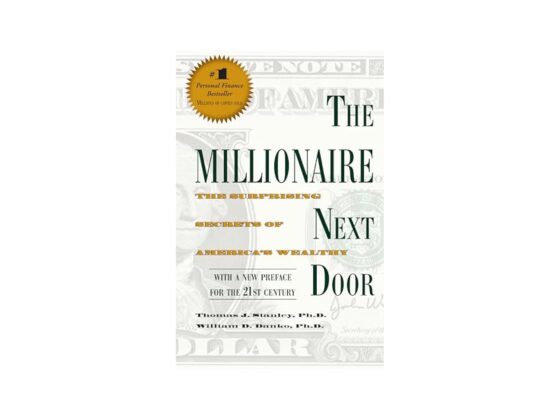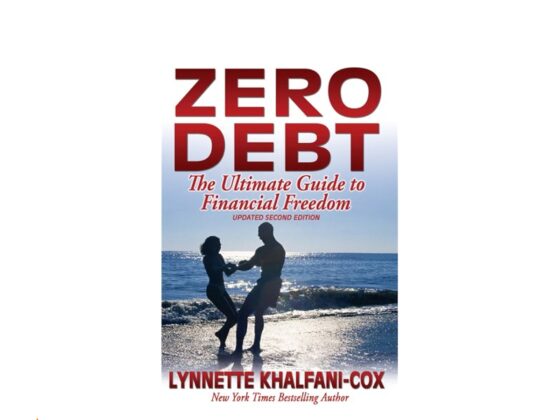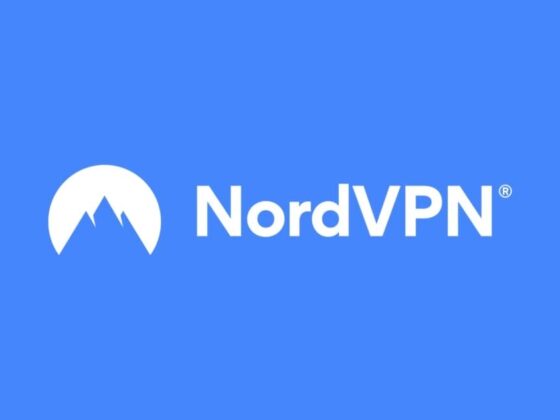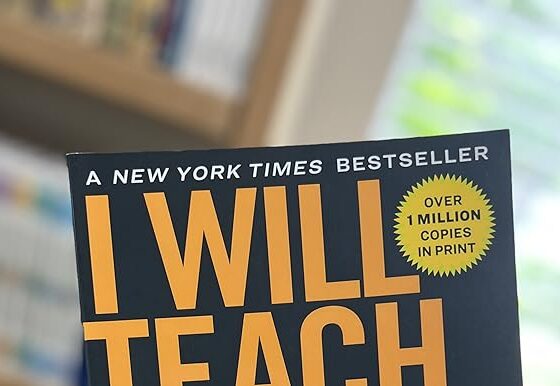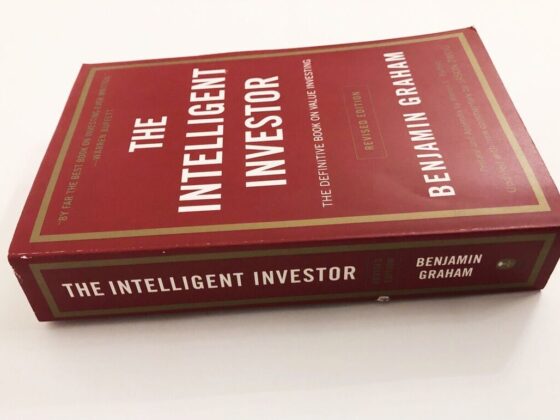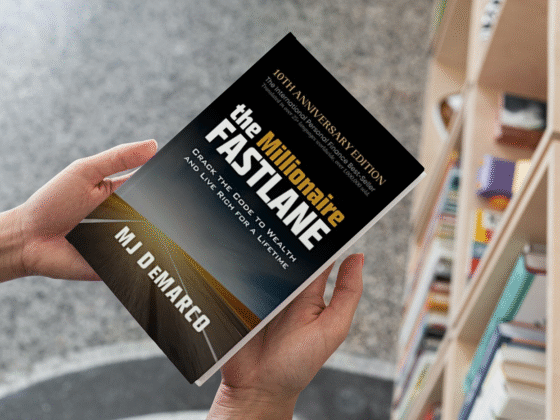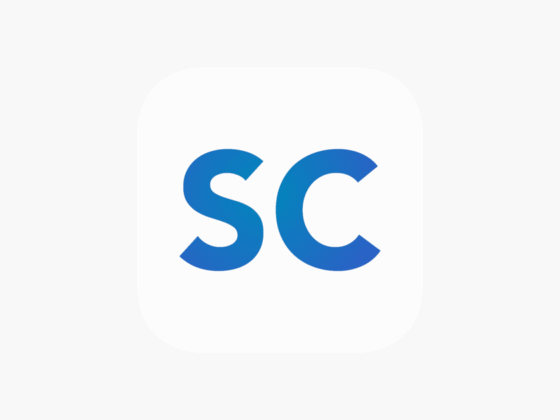Few personal finance books have had as much cultural impact as Rich Dad Poor Dad by Robert Kiyosaki. First published in 1997, it’s sold millions of copies worldwide, been translated into dozens of languages, and continues to top “best personal finance book” lists nearly three decades later.
But is Rich Dad Poor Dad still relevant in 2025? And more importantly—will it actually help you improve your financial situation, build wealth, or escape the paycheck-to-paycheck cycle?
In this in-depth review, we’ll explore the book’s key lessons, its pros and cons, and whether it deserves a place on your financial reading list this year.
What Is Rich Dad Poor Dad About?
At its core, Rich Dad Poor Dad is a memoir-meets-financial-guide. Kiyosaki tells the story of growing up with two father figures:
- His “Poor Dad” – his biological father, a well-educated man who worked a stable government job but struggled financially.
- His “Rich Dad” – his best friend’s father, a successful entrepreneur and investor who taught him lessons about money that school never did.
Through this contrast, Kiyosaki highlights how mindset, education, and approach to money determine financial success far more than traditional schooling or even income level.
The book doesn’t focus on budgeting minutiae. Instead, it’s about changing how you think about money, assets, and opportunities—encouraging readers to seek financial independence through entrepreneurship, investing, and smart money habits.
Key Lessons from Rich Dad Poor Dad
Here are the most important takeaways:
1. The Difference Between Assets and Liabilities
- Assets put money in your pocket (investments, rental properties, businesses).
- Liabilities take money out (mortgages, car loans, credit card debt).
Many people mistakenly think buying a home is an asset, when it often functions as a liability due to ongoing costs.
2. Financial Education Is Essential
Kiyosaki argues schools teach us to be good employees, not financially independent thinkers. True wealth comes from self-taught financial literacy—understanding money, taxes, investing, and risk.
3. Don’t Work for Money, Make Money Work for You
Rather than trading hours for a paycheck, aim to create passive income streams. This might be through rental properties, investments, or building businesses.
4. Mindset Matters
The wealthy view money as a tool, not a burden. Cultivating curiosity, risk-taking (informed, not reckless), and resilience is central to financial success.
5. Build Multiple Streams of Income
Reliance on a single job or salary is risky. Diversification is key to long-term security.
Who Should Read Rich Dad Poor Dad?
This book is particularly valuable for:
- Beginners to personal finance who need a mindset shift around money.
- Entrepreneurial-minded readers curious about wealth-building outside traditional employment.
- Anyone stuck in debt or living paycheck-to-paycheck who wants motivation to change.
However, it may be less useful for advanced investors already experienced in detailed financial strategy.
Pros & Cons of Rich Dad Poor Dad
✅ Pros
- Timeless lessons about financial mindset and independence.
- Easy to read—written in story form rather than dry textbook style.
- Motivational and thought-provoking, even decades after release.
- Inspires readers to pursue financial education outside of school.
❌ Cons
- Light on practical “how-to” steps (you won’t find detailed investment strategies here).
- Some critics argue Kiyosaki oversimplifies or generalises complex financial issues.
- Heavy emphasis on real estate investing, which may not be realistic for everyone.
- Certain anecdotes have been debated for accuracy.
How It Compares to Other Personal Finance Books
| Book | Focus | Best For | Style |
|---|---|---|---|
| Rich Dad Poor Dad | Mindset, assets vs liabilities, entrepreneurship | Beginners, mindset shift | Story-driven, motivational |
| Atomic Habits (James Clear) | Habit building & behaviour change | Anyone wanting discipline | Practical, science-based |
| The Millionaire Next Door (Thomas J. Stanley) | Frugality & wealth habits of millionaires | Readers who want proof-based strategies | Research-based, case studies |
| You Need a Budget (Jesse Mecham) | Zero-based budgeting method | Debt reduction & savings | Step-by-step, hands-on |
Whereas books like The Millionaire Next Door and You Need a Budget dive into numbers and frameworks, Rich Dad Poor Dad serves more as an entry point—a mental reset on how to approach wealth.
Is Rich Dad Poor Dad Still Relevant in 2025?
Yes—but with context. The core principles of building assets, valuing financial education, and breaking away from paycheck dependence are as important today as ever. In a world of economic uncertainty, rising debt, and gig-economy instability, its call for financial independence feels timeless.
However, readers should pair the book with more practical resources. Rich Dad Poor Dad will change how you think, but you’ll still need to learn the “how”—whether that’s through budgeting apps, investment guides, or structured programs.
Final Verdict
Rich Dad Poor Dad isn’t a detailed financial manual—it’s a mindset shift in book form. For beginners, it’s one of the most motivational reads you’ll find in personal finance, and its lessons on assets, liabilities, and money mindset remain invaluable.
But don’t stop with Kiyosaki. Think of this as step one in your financial education. Use it to spark new thinking, then follow up with more practical books and tools that provide the concrete steps for budgeting, investing, and wealth-building.
👉 Best for: Beginners and anyone needing a financial mindset reset.
👉 Not ideal for: Readers seeking detailed, technical investment strategies.
Quick Summary
Best For: Beginners, aspiring entrepreneurs, anyone seeking financial independence
Book Title: Rich Dad Poor Dad
Author: Robert T. Kiyosaki
First Published: 1997
Main Lesson: Think like the wealthy by building assets, not just earning wages.
Rating: ★★★★☆ (4.5/5)
